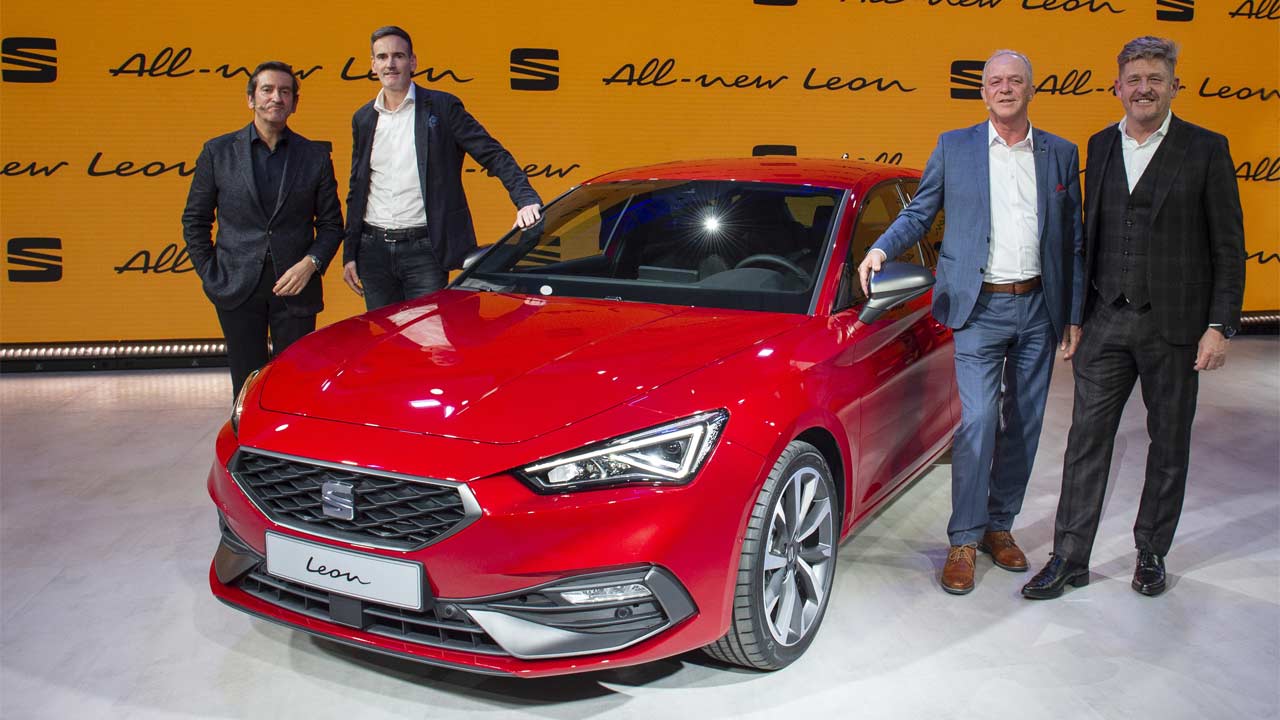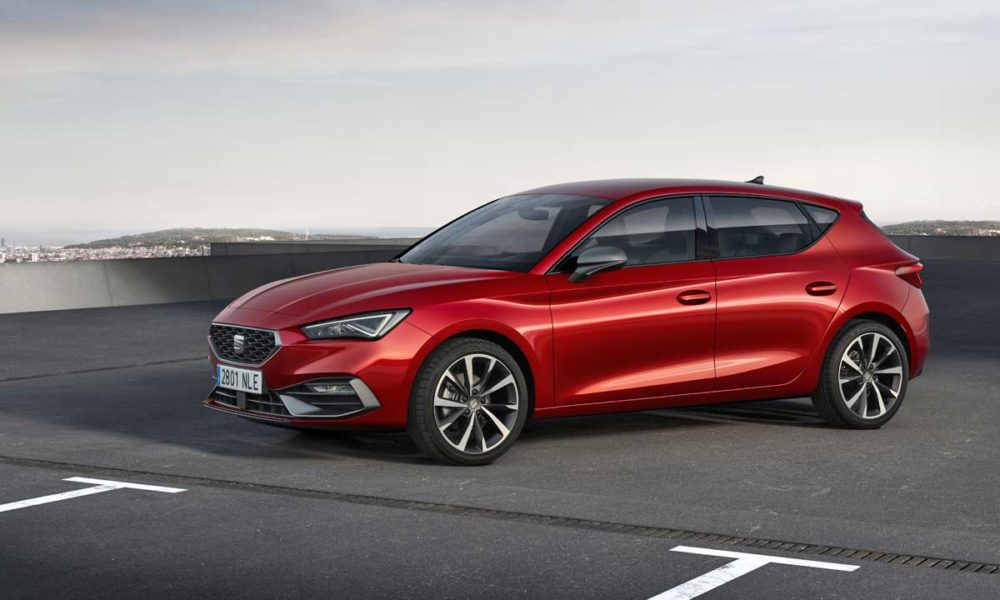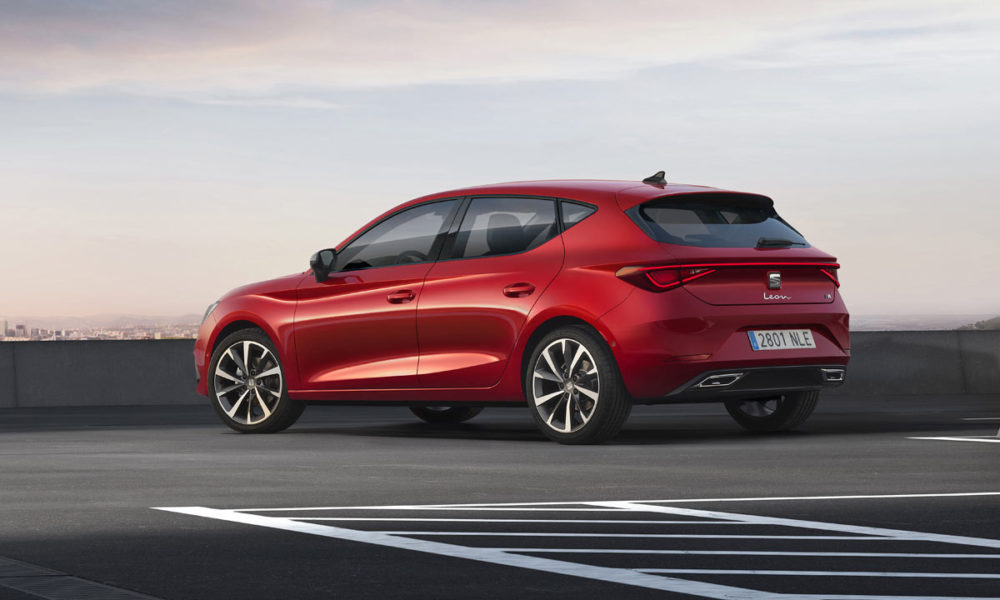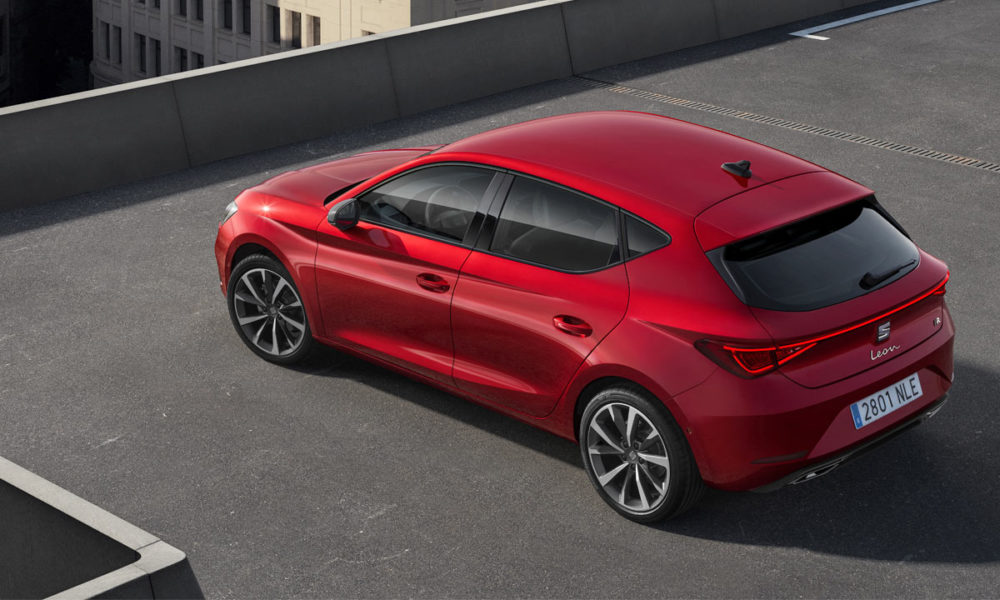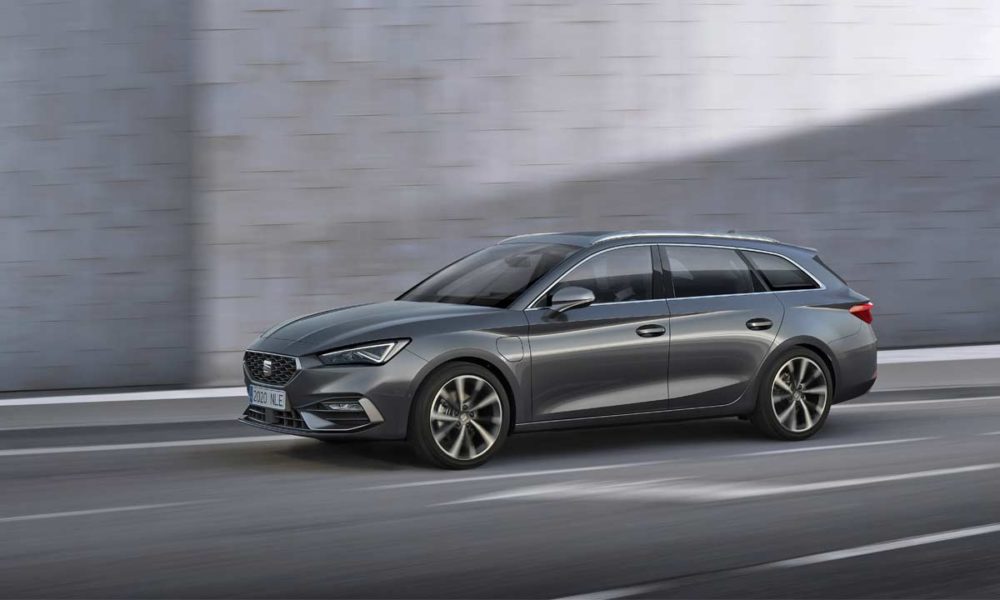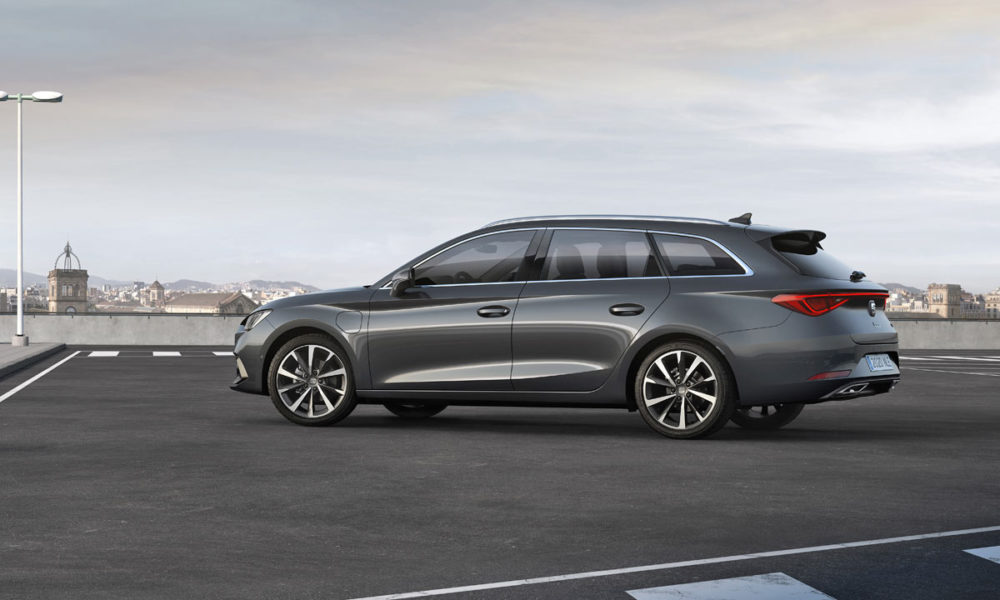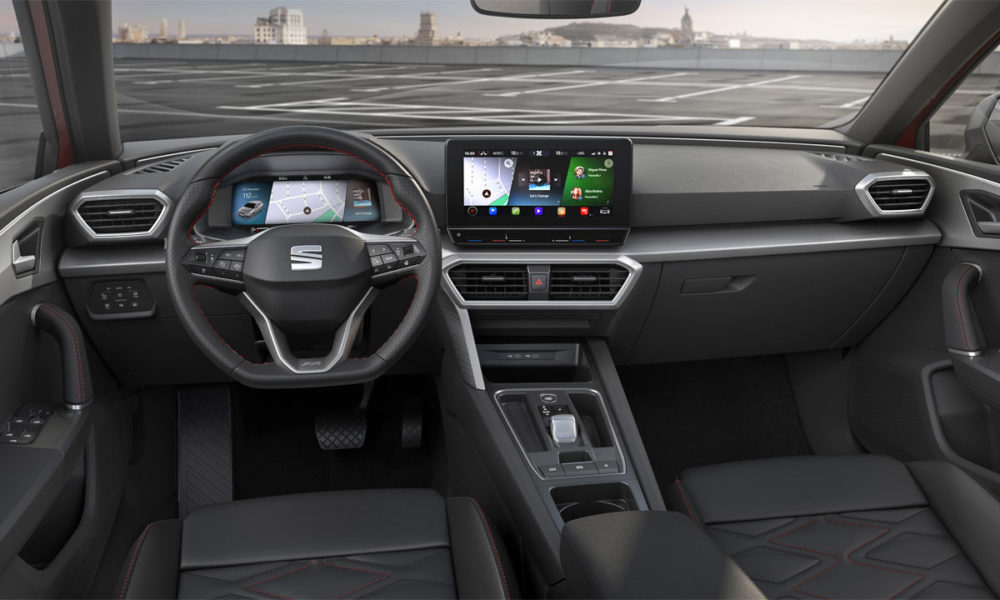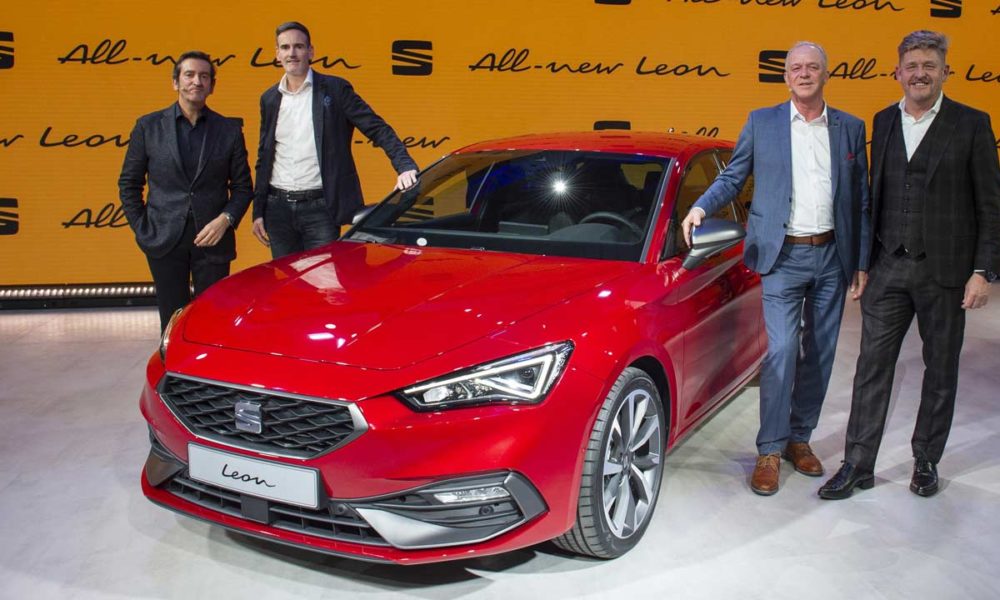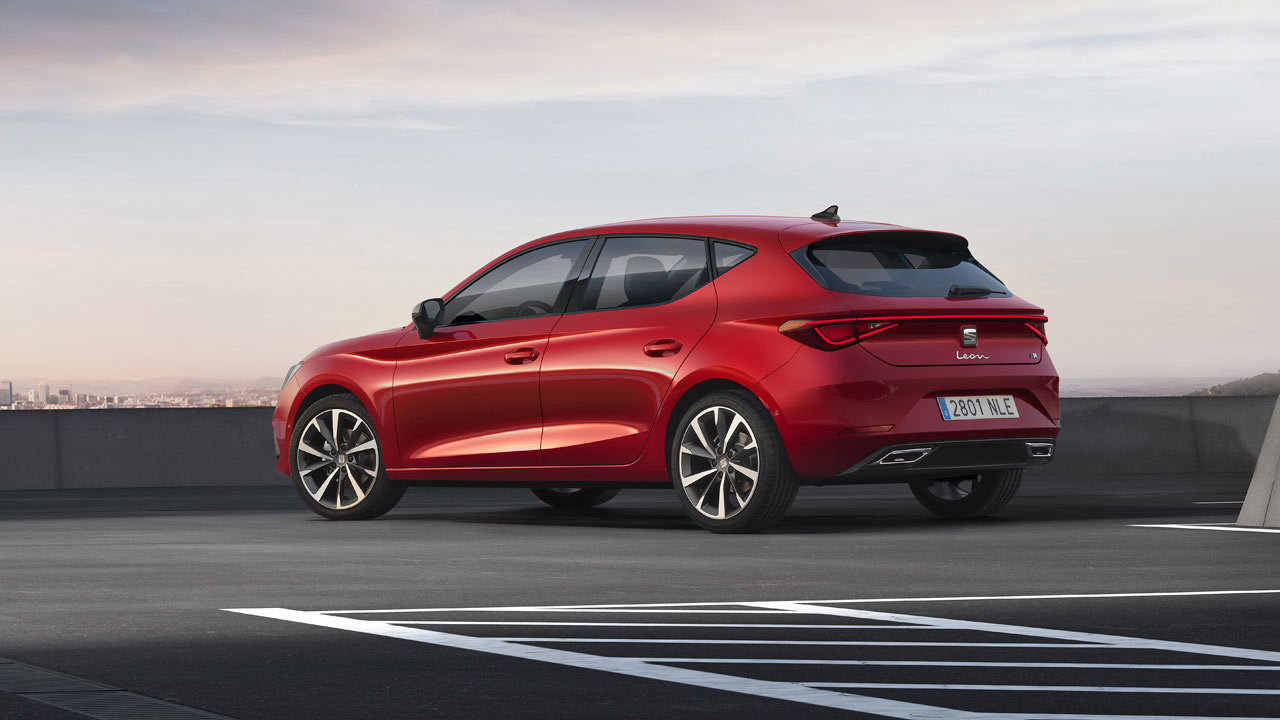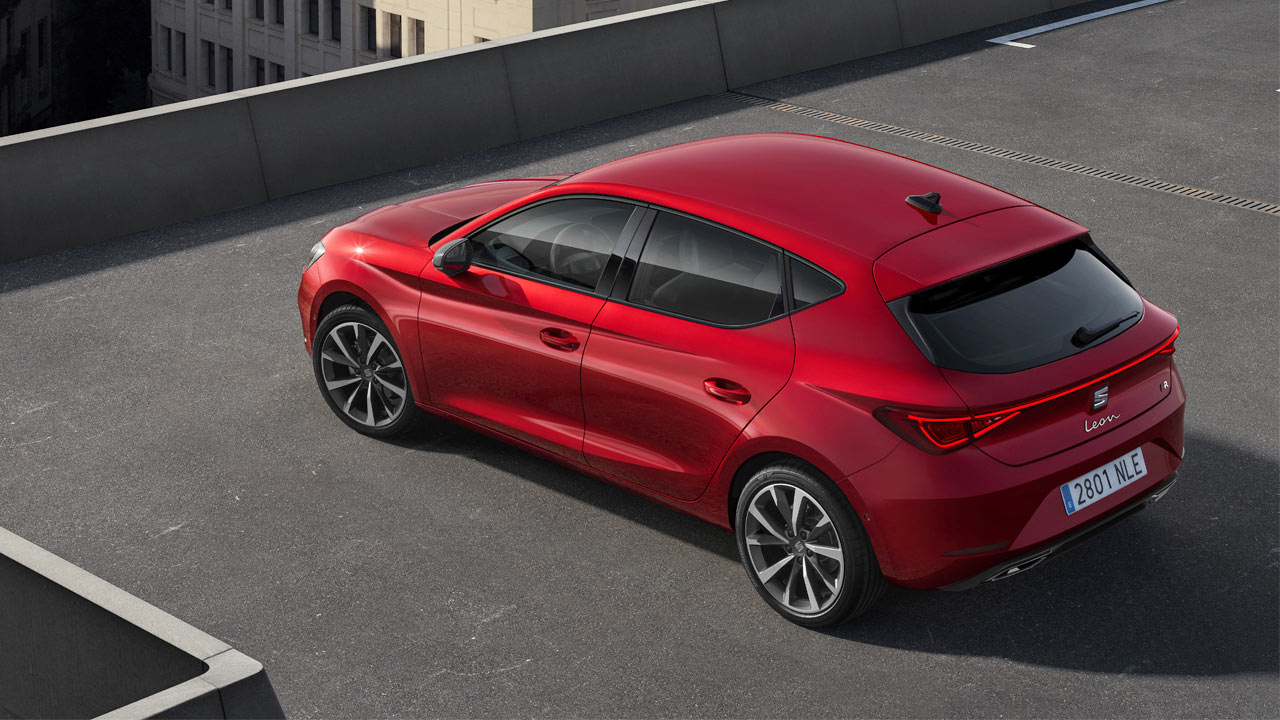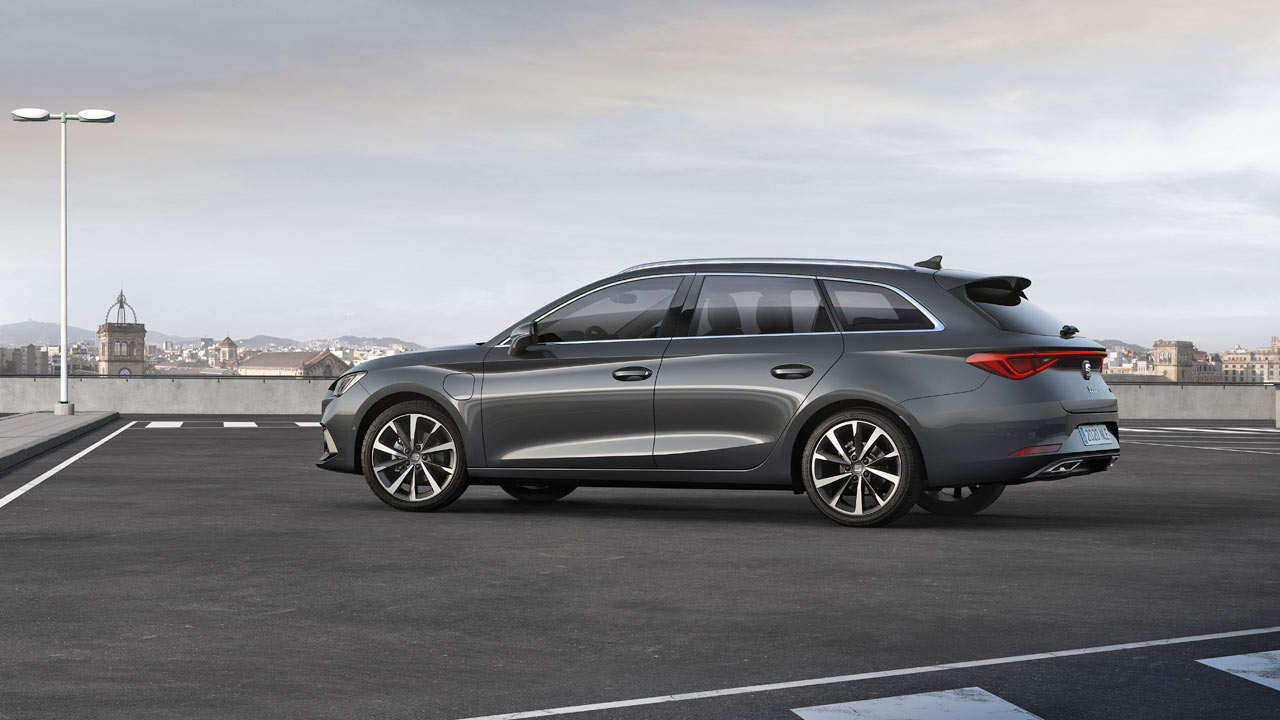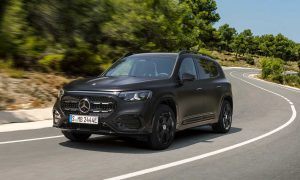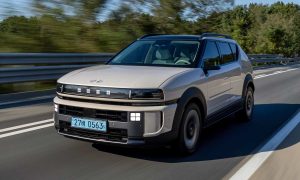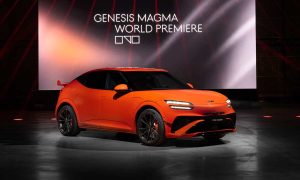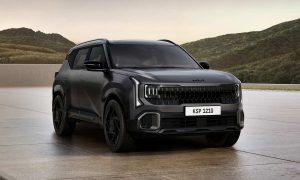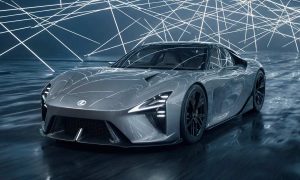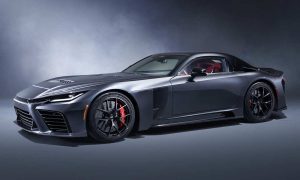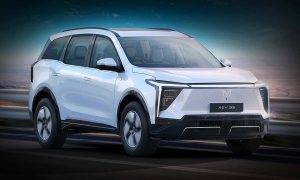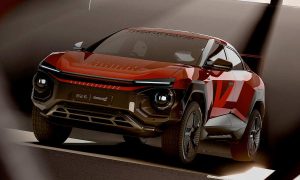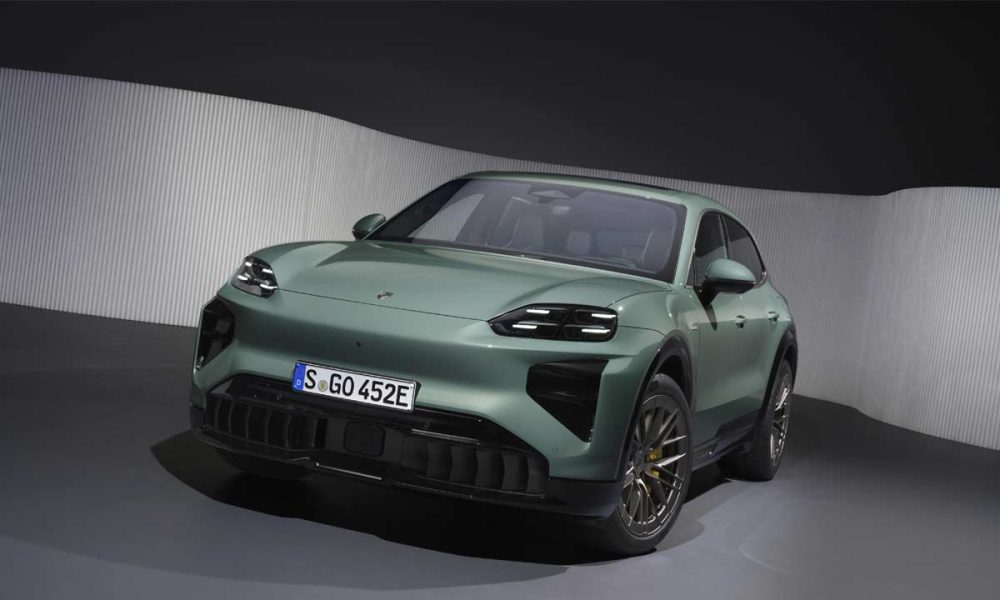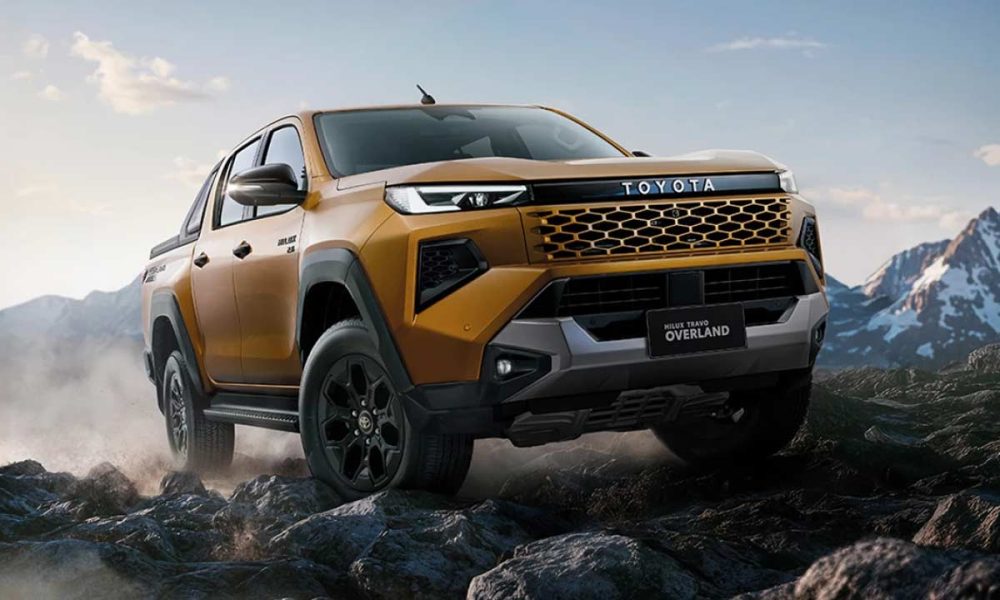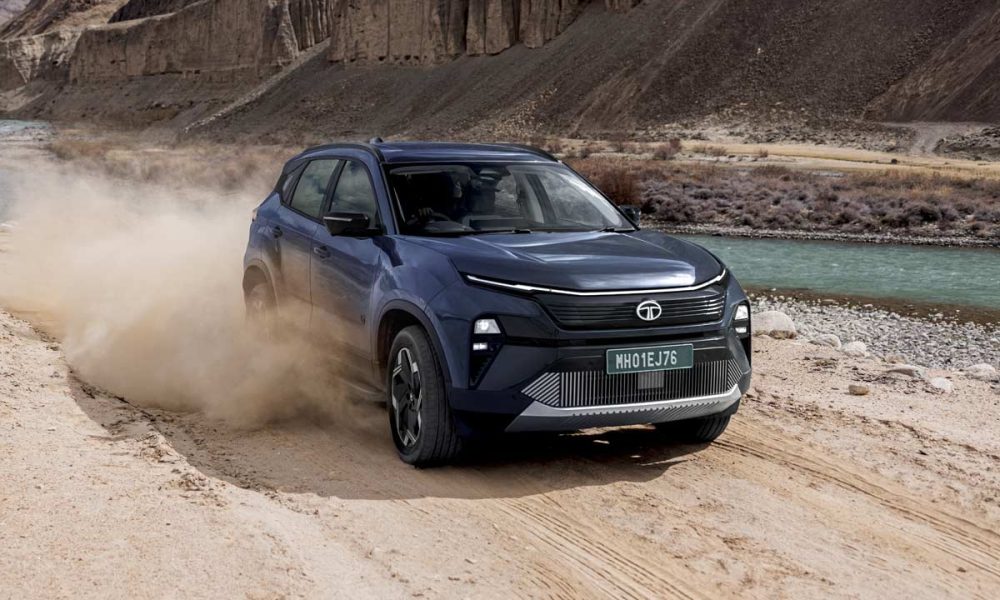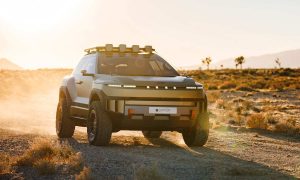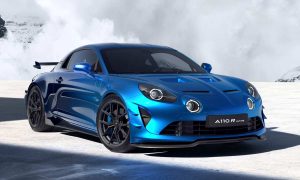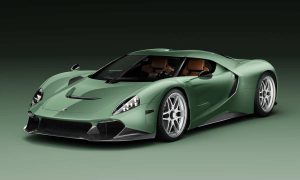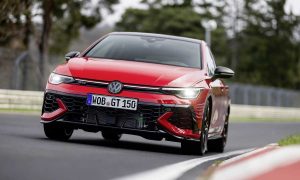According to Wayne Griffiths, EVP for sales, more than 150,900 Seat Leons were delivered in 2019, making it the brand’s best selling model. Which makes it a good reason for the company to invest more than €1.1 billion in developing an all-new Leon. Carsten Isensee, Acting President, says that the investment is also to improve the production facilities.
The 4th generation Leon is built on the MQB Evo platform. The 5-door hatchback is 4,368 mm long (+86 mm), 1,800 mm wide (-16 mm), and 1,456 mm high (-3 mm). Its wheelbase measures 2,686 mm, which is 50 mm more than the 3rd generation Leon. The Sportstourer (Estate) version is 4,642 mm long (+93 mm) and 1,448 mm high (-3 mm).
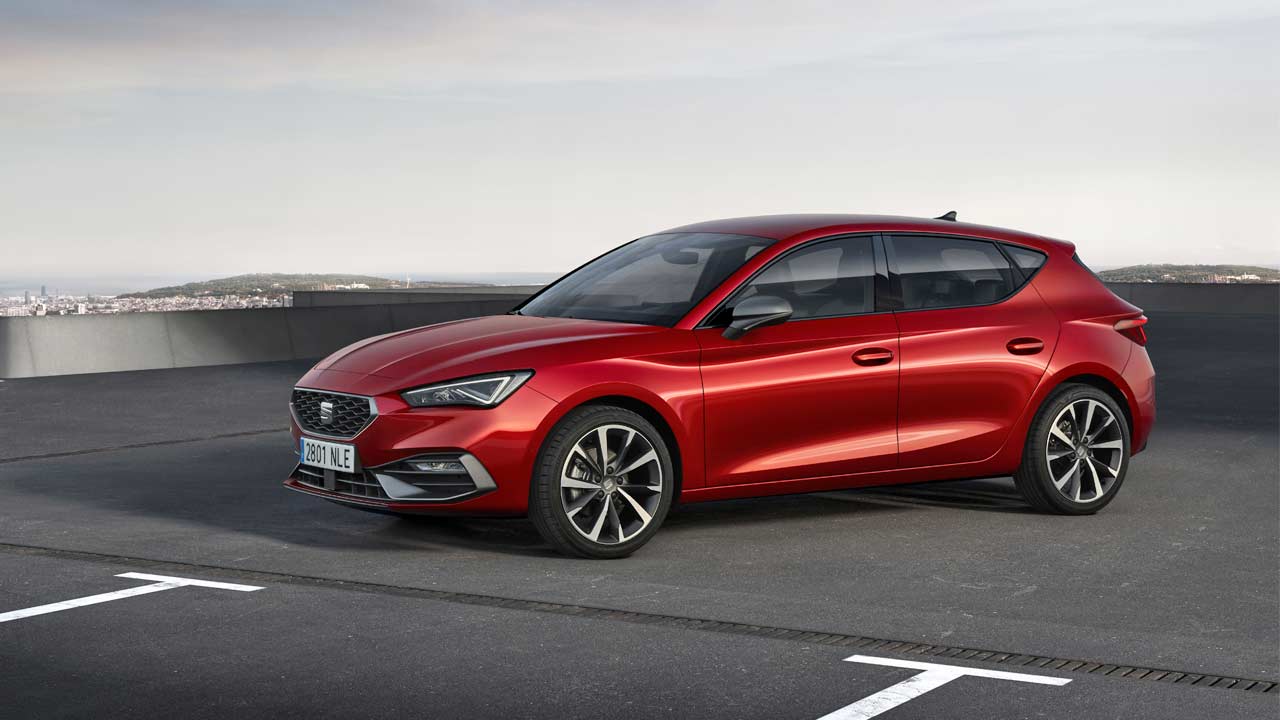
Its sharp styling is similar to the lastest Seat models such as the Tarraco. The full LED headlamps are claimed to provide an unmatched luminosity of up to 900 lumens, thanks to 22 LEDs per module. The standard LEDs provide up to 500 lumens. At the rear, a narrow light bar connects the taillamps, lending the car a sophisticated look.
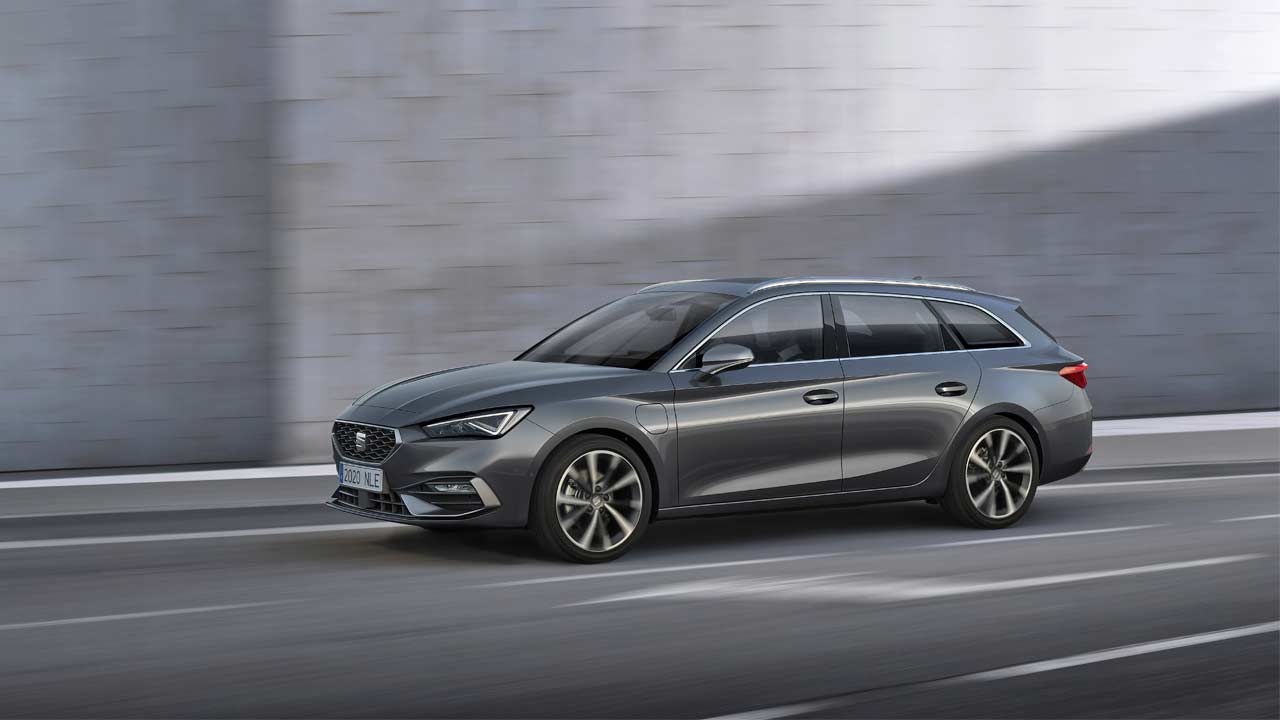
The wing mirrors have integrated LED turn signals, and on models with the optional full-LED headlamps, welcome lights are also included with the word “Hola!” projected onto the ground. As standard, the new Leon rides on 16-inch alloy wheels. Up to 18-inch alloy wheels are available on the options list.
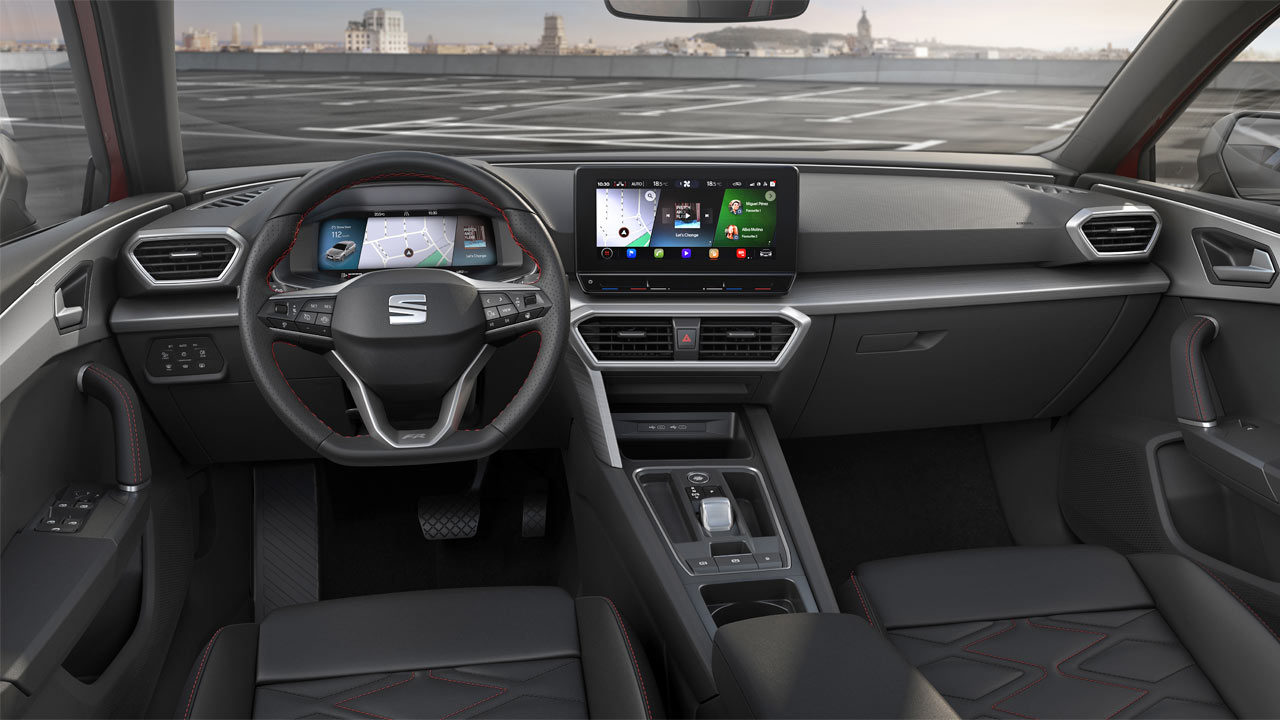
The interior layout has been sharpened-up too with decorative inserts on the dashboard and around the air vents. Depending on the trim, features include a 10-inch infotainment system, 3D navigation, 10.25-inch Digital Cockpit, and Advanced Driver Assistance Systems such as Adaptive Cruise Control, Emergency Assist 3.0, and Side and Exit Assist.
The new Leon also gets Dynamic Chassis Control (DCC), which alters the vehicle’s ride height and handling depending on the conditions and the driver’s requirements.
Powertrains
Powertrains for the new Leon include petrol (TSI), diesel (TDI), compressed natural gas (TGI), mild-hybrid (eTSI), and a plug-in hybrid (eHybrid).
The petrol engines will be of 1.0L, 1.5L and 2.0L capacities. The 2.0L TSI offers 140 kW (190 hp) and is paired with a dual-clutch automatic transmission. The 1.5L units get Active Cylinder Management to maximize efficiency. The two 1.0L units as well as the 1.5L TSI use a Miller-cycle combustion process that is claimed to improve efficiency by up to 10%.
The diesel variants will pack 2.0L TDI units. The Sportstourer will be available with a 110 kW (150 hp) unit paired with a DSG gearbox and 4Drive system.
The mHEV variants combine a 48-volt mild-hybrid technology with combustion engines (1.0L, 1.5L), while the CNG variant packs a 96 kW (130 hp) 1.5L unit.
The Plug-in hybrid variant combines a 1.4L TSI petrol engine, an electric motor, 13 kWh lithium-ion battery pack, and 6-speed DSG transmission. The total system output is claimed to be 150 kW (204 hp). The pure electric range as per WLTP is claimed to be 60 km. More information here.
Also read: SEAT goes all-electric with el-Born hatchback

Leave a Reply
Note: Comments that are unrelated to the post above get automatically filtered into the trash bin.
